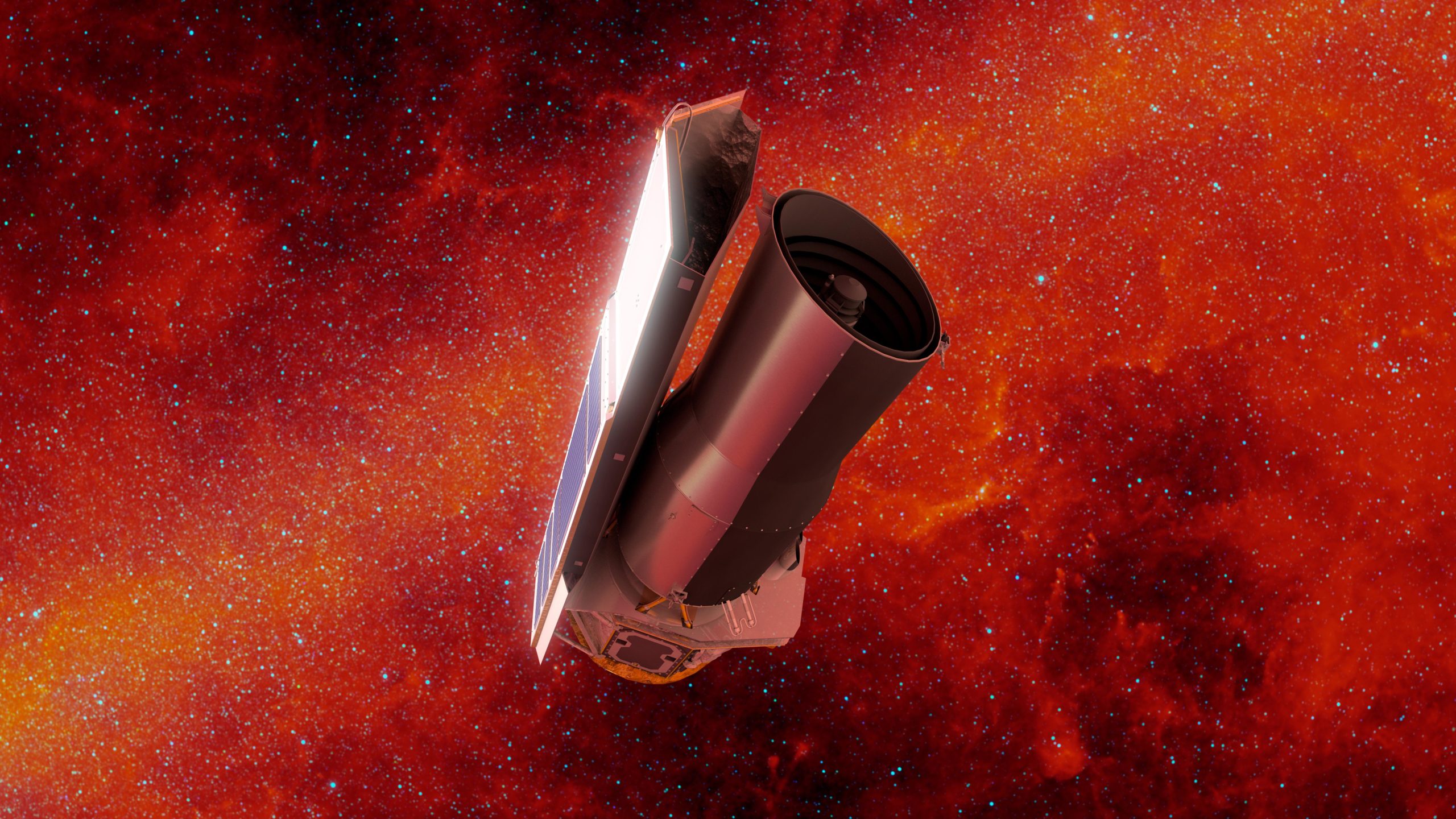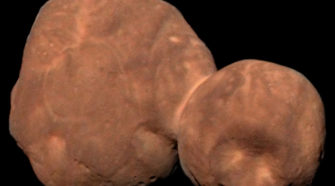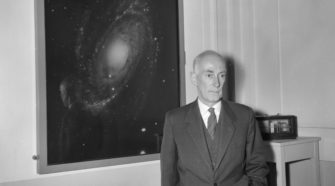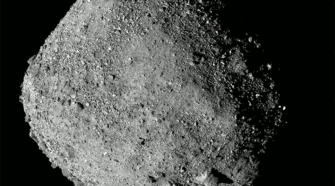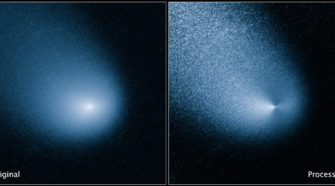History
This Week in History: January 26-February 1
JANUARY 26, 1978: The International Ultraviolet Explorer (IUE) spacecraft is launched from Cape Canaveral, Florida. Throughout its 18 years of operations IUE conducted observations of many astronomical objects, including several comets. JANUARY 27, 2016: A team of astronomers led by Tabitha Boyajian of Yale University publishes their paper on the star KIC 8462852 – unofficially …
This Week in History: January 19-25
JANUARY 19, 2006: NASA’s New Horizons mission is launched from Cape Canaveral, Florida. After a somewhat distant flyby of the main-belt asteroid (132524) APL in June 2006 and a gravity-assist encounter with Jupiter in February 2007, New Horizons encountered Pluto and its system of moons in July 2015 – providing our first detailed view of …
This Week in History: January 12-18
JANUARY 12, 1910: A group of diamond miners in the Transvaal in South Africa spot a brilliant comet low in the predawn sky. This was the first sighting of what became known as the “Daylight Comet of 1910” (old style designations 1910a and 1910 I, new style designation C/1910 A1). It soon became one of …
This Week in History: January 5-11
JANUARY 5, 2005: The Kuiper Belt object now known as (136199) Eris is discovered by Mike Brown, Chad Trujillo, and David Rabinowitz on images taken in October 2003. Eris travels around the sun in a moderately-inclined and moderately eccentric orbit with a period of 558 years; it has one known moon (Dysnomia) and turns out …
This Week in History: January 1-4
JANUARY 1, 1801: On the first day of the 19th Century, Giuseppe Piazzi at the Palermo Observatory in Sicily discovers the first-known asteroid, now known as (1) Ceres. As a resident of the “main asteroid belt” between Mars and Jupiter, Ceres remains the largest-known asteroid (diameter 950 km), and is now formally designated a “dwarf …

